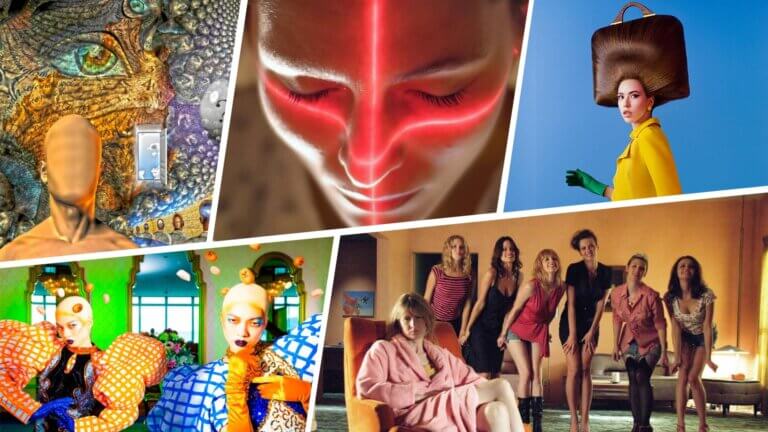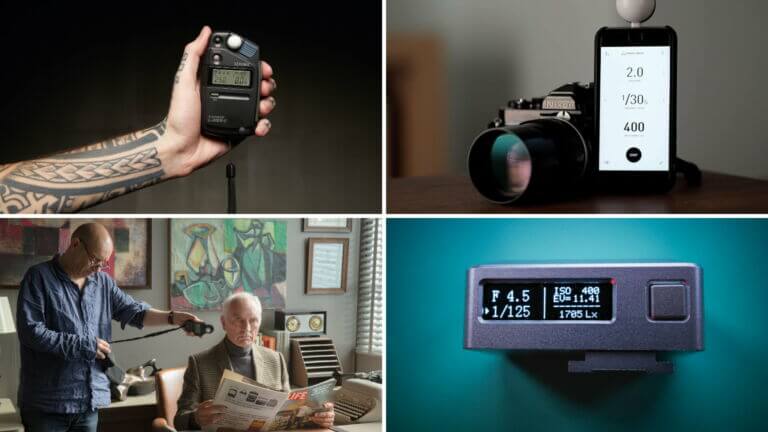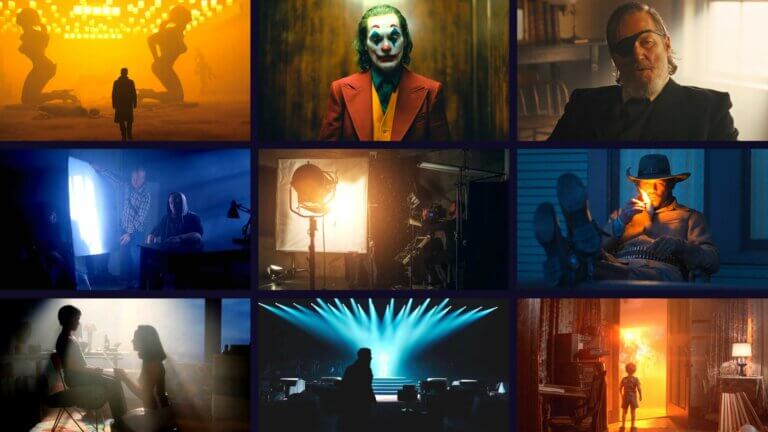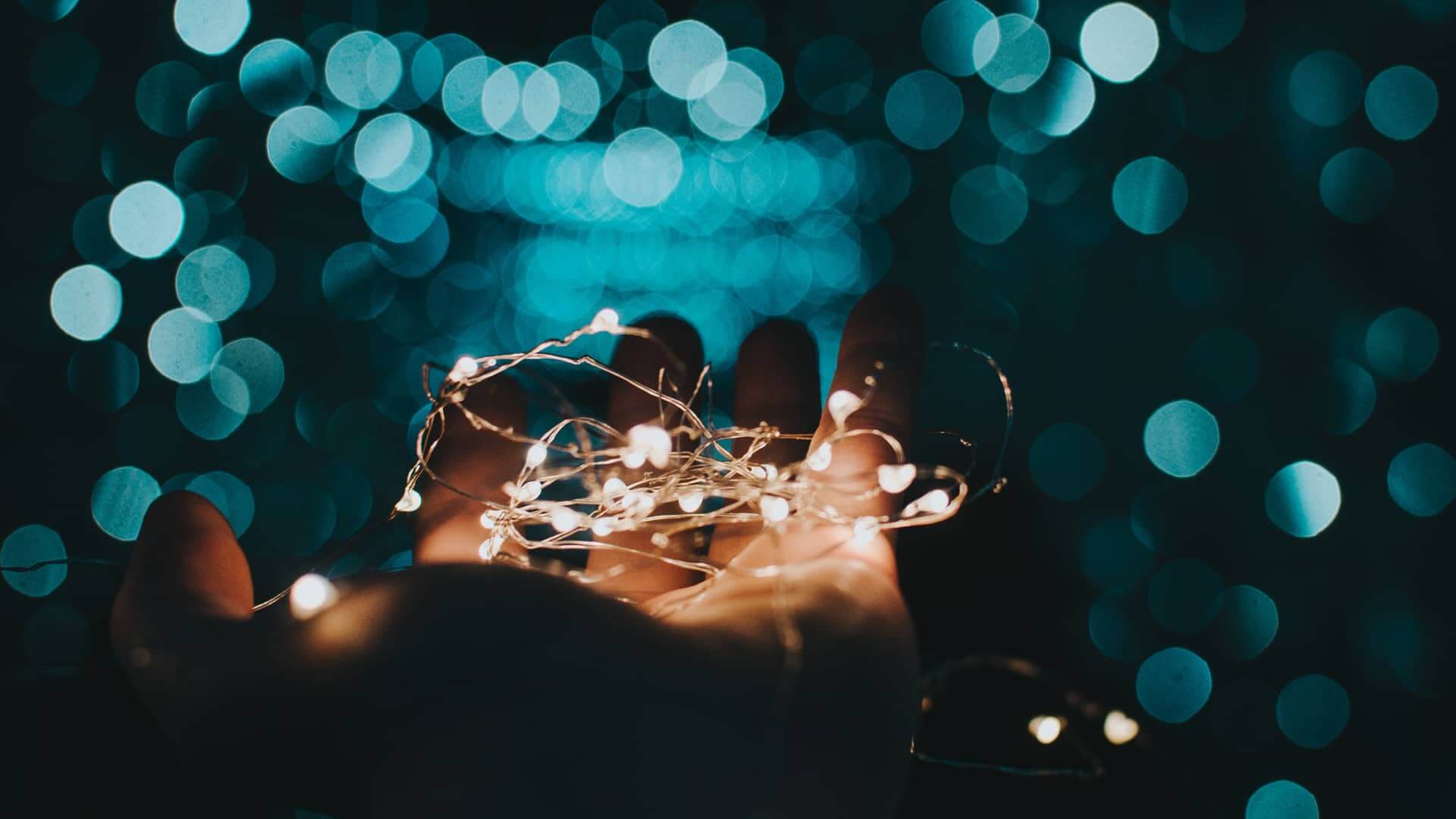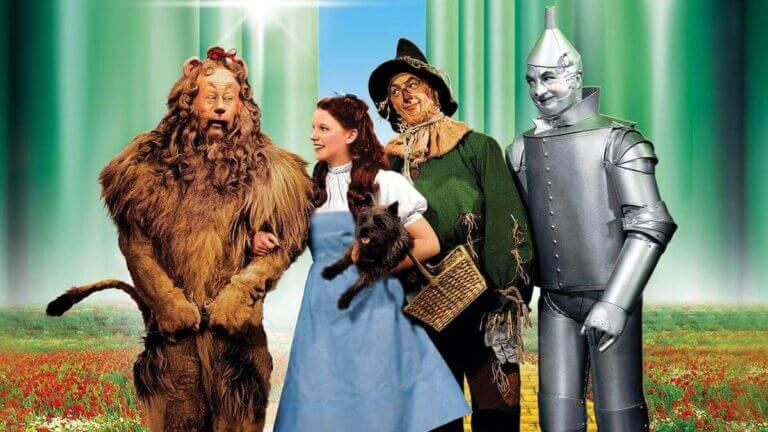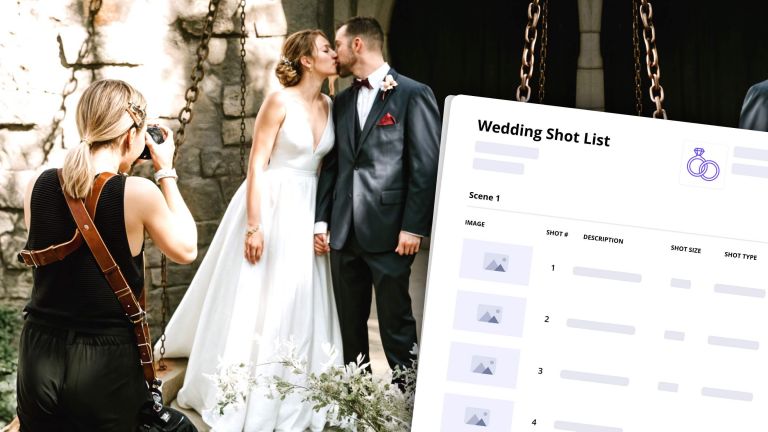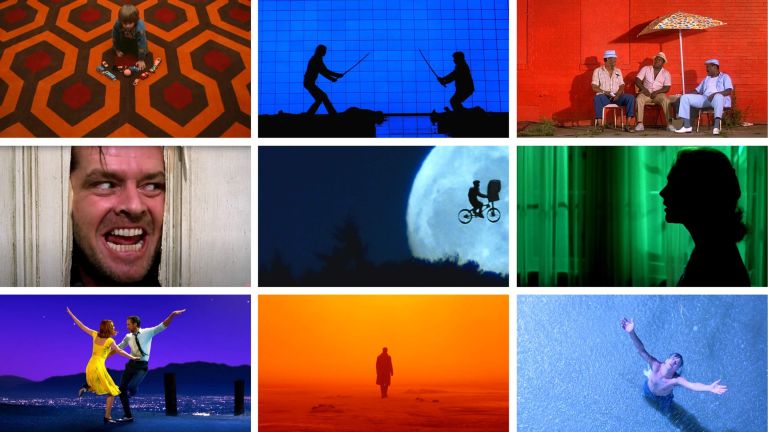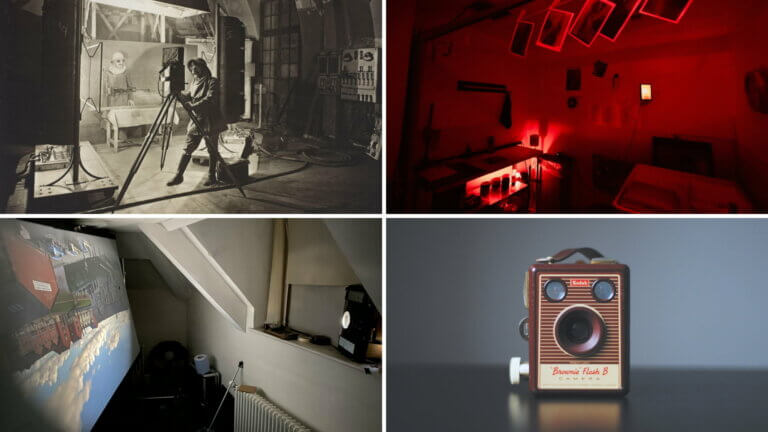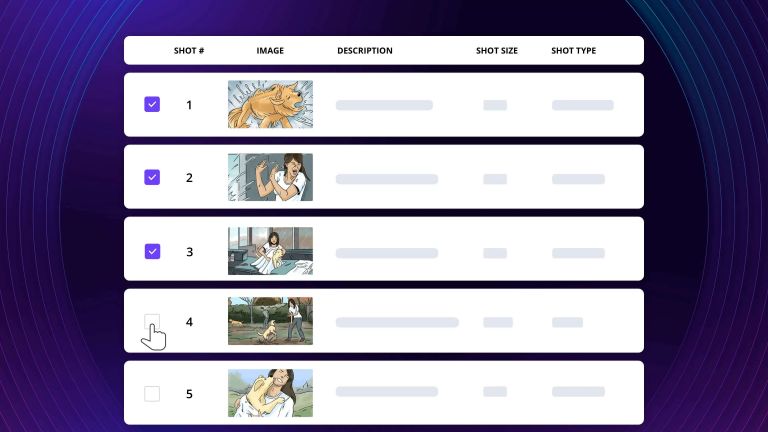What does avant-garde mean? What does it mean for a piece of artwork, a book, or a film to be labeled as avant-garde? We’ll be breaking down the term, exploring what constitutes the movement and why it is important. We'll also take a look at some important examples of avant-garde art, books, and films. But first, let’s get started with a definition.Continue reading What is Avant Garde — Movement, Artists & Works Explained
Hand-held light meters might seem like an outdated appendage. Most modern cameras come with built-in light meters, and editing software is getting better and better at offering remedies to poorly-exposed footage. But light meters continue to be invaluable: a cinematographer’s primary job is to understand and manipulate light, and you can’t do that with a built-in meter or by covering up mistakes in post. Light meters allow you to measure the light in specific areas of your image, enabling the creation of a more dynamic shot without under- or over-exposed elements. There’s a lot of great and affordable light meters on the…
There wouldn’t be film without film lighting. Lighting is as crucial to cinematic storytelling as a script and a subject, and filmmakers have experimented with different lumination techniques for as long as the medium has existed. In this article, we’ll walk you through everything you need to know about lighting for film, from terminology to techniques. Ready to dive into over a hundred years worth of lighting knowledge?Continue reading Film Lighting — The Ultimate Guide (w/ Video & Cheatsheet)
Once you’re familiar with the basics of photography and videography, more advanced techniques are fun to explore. One of those techniques is bokeh, the tasteful inclusion of out of focus elements. Aperture and depth of field are necessary for achieving the bokeh effect but what is bokeh exactly? We'll start with a bokeh meaning, including some bokeh photography examples before ending with a step-by-step guide on how to achieve the bokeh effect.Continue reading What is Bokeh in Photography & Video? Bokeh Meaning and Creative Examples
What is Technicolor? Whether you knew at the time or not, you’ve probably seen a Technicolor movie. If you’re trying to recall an example, just think, color, color, color. Technicolor changed the course of cinema forever with bright and bold visuals, saturated to the point of near-surreality. We’re going to look at some examples of Technicolor in films like The Wizard of Oz and The Godfather but, first, let’s check out a quick video to see where it started.Continue reading What is Technicolor? Definition and History Explained
A wedding should be one of the most memorable days of a couple’s life. Capturing meaningful wedding photos from this most memorable day is the responsibility of a wedding photographer. To make sure no memory is missed, building a wedding photography shot list is essential. Let’s take a look at how to create a wedding photographer's shot list, from essential wedding party photos to once-in-a-lifetime ceremony moments. Continue reading Wedding Photography Shot List — A Complete How-To Guide
You’re looking for a list of the different types of camera shots and shot sizes in film, TV, or animation, but you also want great examples that come with clear explanations of when and why to use a specific shot size. We’ll provide you with a downloadable shot list example with all the different types of camera shot sizes in film. Lezgo.Continue reading Guide to Camera Shots: Every Shot Size Explained
Photography shot lists are used not only to be more efficient while shooting, but to also capture better photos. In portraiture, a portrait shot list is a great way to prepare for a shoot and make sure that you capture the shots that you envision. In order to make sure you don't miss a shot, you have to be organized. That's where the shot list comes in. How you create your portrait shot list will depend entirely on your style, the photos you want to create, as well as the logistics of your shoot. Let’s take a look at how…
At one point or another, we have all asked the question: when was photography invented? We know it was sometime in the distant past, just not exactly when. That’s because photography has a long history, dating all the way back to the 5th century BCE. We’re going to look at the history of photography to better understand its processes and date of invention. Ditch your textbook and grab your camera obscura as we dive into the world and history of photography!Continue reading When Was Photography Invented — A Quick History Lesson
Planning a shoot can be scary. There are countless moving parts and decisions you have to make– and the same goes for being on set. So any way you can make your life easier during the process can be vital. This is where shot lists come in. In this post, we’ll look at how to make a shot list and why it’s important to have. Continue reading How to Make a Shot List in 8 Steps — Process Explained
